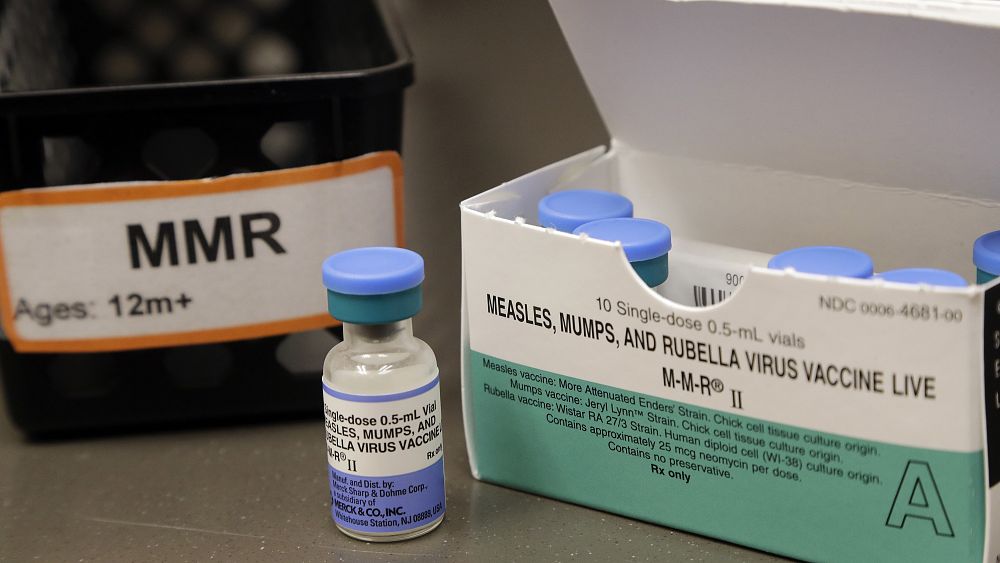Self-isolation will still have to be maintained after returning from all European countries on the list of the Center for Disease Prevention and Control (SPCC), except the Vatican, according to data compiled by the SPC.
Since last week, the self-isolation threshold has been 50 cases per 100,000 inhabitants.
For countries outside the European Union (EU) and the European Economic Area (EEA) or the United Kingdom, self-isolation is not required when traveling from Uruguay, Japan, South Korea, Rwanda, Australia, New Zealand, Thailand and Singapore. These countries are among those allowed to cross the EU’s external border.
The list and self-insulation requirements come into force on November 14.
The EU-EEA average for the week is 606.2, which means that regular passenger services are not allowed to countries with more than 1212.4 cases per 100,000 population. According to the SPKC, from Monday, November 9, regular passenger services will be banned to Andorra, the Czech Republic, Luxembourg and Switzerland.
Thus, self-isolation in Latvia must still be observed when returning or traveling in transit through Andorra, which has the highest incidence or 1377.1 cases per 100,000 inhabitants, as well as through the Czech Republic, Luxembourg and Switzerland. The risk to public health in these countries is assessed as very high. There, the 14-day cumulative figure is twice the European average of 606.2 cases per 100,000 population.
Self-isolation must also be observed when returning or transiting through Hungary, Norway, Estonia, Cyprus, Greece, the Netherlands, Liechtenstein, Slovenia, Belgium, Croatia, Monaco, Spain, France, Slovakia, San Marino, Poland, the United Kingdom, Austria, Italy, Portugal, Malta , Romania, Bulgaria, Ireland, Iceland, Finland, Lithuania, Germany, Sweden and Denmark. In these countries, the 14-day cumulative rate is below 1212.4 cases, but the public health risk is assessed as high there.
–


